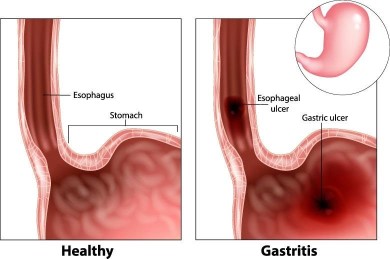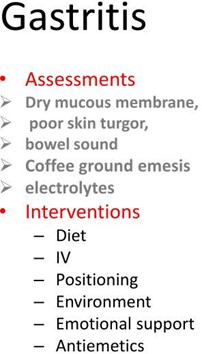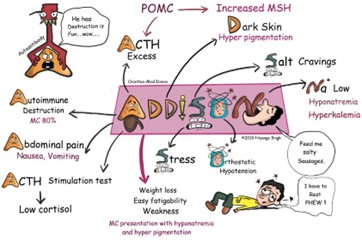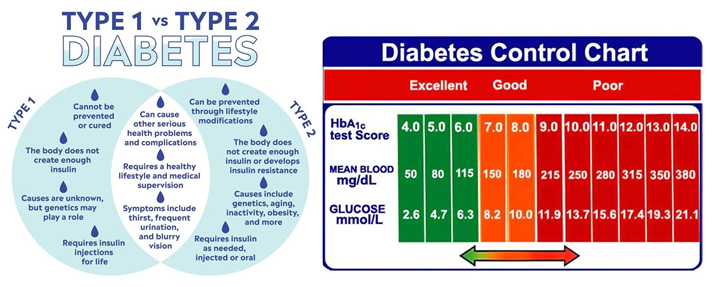A nurse is planning care for a client who has acute gastritis. Which of the following nursing interventions should NOT be included in the plan of care?
Provide three large meals a day.
Observe stool characteristics.
Evaluate intake and output.
Monitor laboratory reports of electrolytes.
The Correct Answer is A
Clients with acute gastritis are recommended to eat smaller, frequent meals instead of three large meals. This helps to reduce the workload on the digestive system and allows the stomach to heal. Therefore, option A is not a suitable nursing intervention for a client with acute gastritis.
Options b, c, and d are all appropriate nursing interventions for a client with acute gastritis. Observing stool characteristics can help to identify any bleeding or inflammation in the gastrointestinal tract, evaluating intake and output can help to identify any fluid imbalances, and monitoring laboratory reports of electrolytes can help to identify any imbalances that may occur because of vomiting or diarrhea.


Nursing Test Bank
Naxlex Comprehensive Predictor Exams
Related Questions
Correct Answer is D
Explanation
The patient has been diagnosed with type 2 diabetes and reports following a reduced-calorie diet but has not lost any weight. This suggests that the patient may not be following the diet as prescribed or may have other factors affecting their blood glucose levels. Additionally, the patient did not bring their glucose monitoring record, which is an important tool for assessing blood glucose control over time.
In this situation, obtaining a fasting blood glucose level or an oral glucose tolerance test may provide a snapshot of the patient's blood glucose level at the time of the test, but these tests do not provide information about blood glucose control over the past few months. A urine dipstick for glucose is a less reliable method for assessing blood glucose control and is not recommended for routine monitoring.
Therefore, obtaining a glycosylated hemoglobin (HbA1c) level is the most appropriate test in this situation. HbA1c reflects the average blood glucose level over the past 2-3 months and is recommended for routine monitoring of blood glucose control in patients with diabetes. This test can provide valuable information about the effectiveness of the patient's diet and any other interventions aimed at controlling their blood glucose levels.
Correct Answer is D
Explanation
One of the hallmarks of adrenal insufficiency is dehydration and decreased urinary output, which can lead to electrolyte imbalances such as hyperkalemia and hyponatremia. As treatment begins to take effect, the patient's fluid and electrolyte balance should improve, leading to an increase in urinary output. Acute adrenal insufficiency, also known as the Addisonian crisis, is a life-threatening condition caused by a sudden decrease in cortisol and aldosterone hormones. Treatment usually involves the administration of intravenous glucocorticoids and mineralocorticoids to replace the deficient hormones.
Decreasing serum sodium (a) and decreasing blood glucose (b) are not signs of improvement but rather indicative of continued adrenal insufficiency. Decreasing serum potassium (c) is also not a sign of improvement as it could indicate that the patient is developing hyperkalemia, which is a potential complication of adrenal crisis.

Whether you are a student looking to ace your exams or a practicing nurse seeking to enhance your expertise , our nursing education contents will empower you with the confidence and competence to make a difference in the lives of patients and become a respected leader in the healthcare field.
Visit Naxlex, invest in your future and unlock endless possibilities with our unparalleled nursing education contents today
Report Wrong Answer on the Current Question
Do you disagree with the answer? If yes, what is your expected answer? Explain.
Kindly be descriptive with the issue you are facing.

